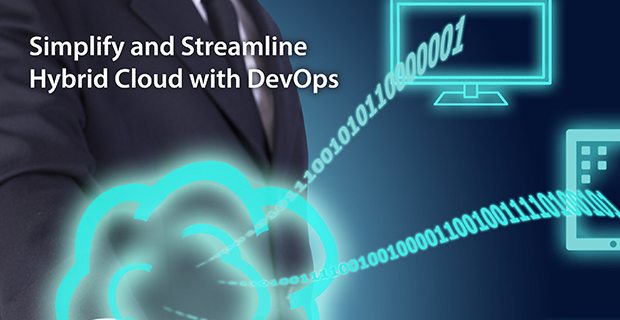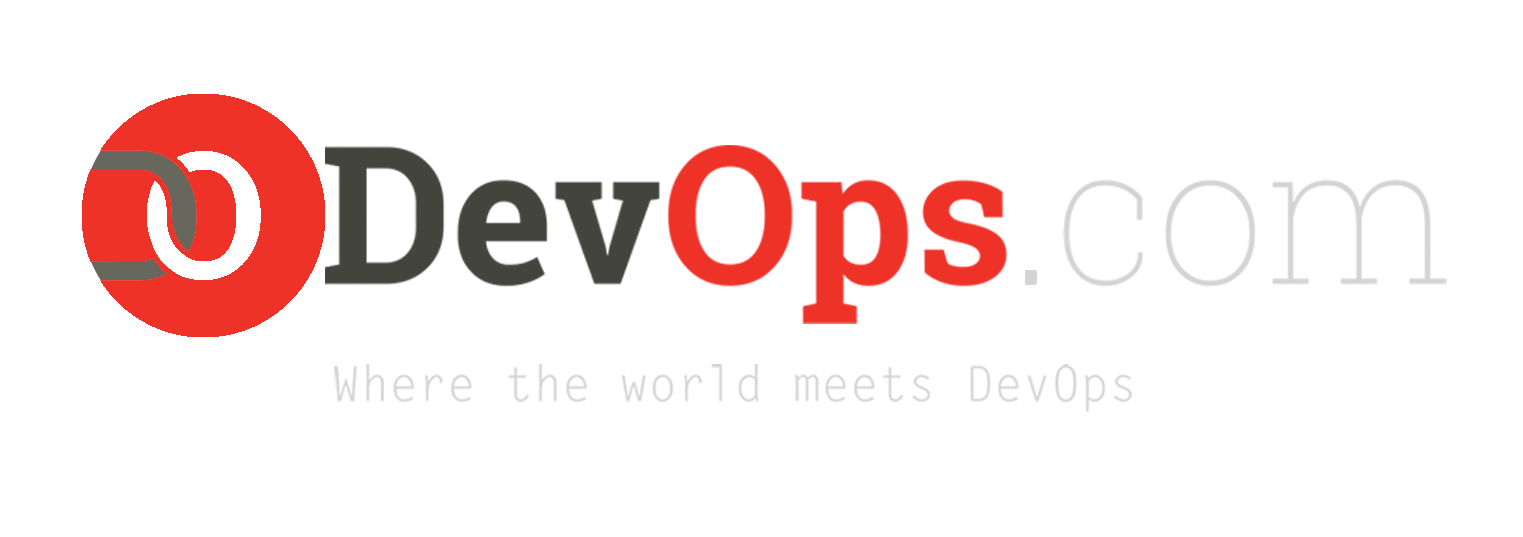A hybrid cloud environment has a wide array of benefits for most organizations, but it also introduces complexity and creates a very dynamic, volatile environment that can be more challenging to manage from an IT perspective. DevOps–and the automation that comes with many of the DevOps tools and processes–is the key to managing hybrid cloud effectively.
The cloud is not new. The virtues of the cloud have been proclaimed incessantly for years, and most businesses have embraced cloud servers and services on some level. The realities of data security and the need to leverage existing investments in IT infrastructure, however, generally result in some sort of hybrid cloud setup, with servers and applications that span both local data centers and cloud providers. Hybrid cloud deployments can be complex and volatile, which is where DevOps comes in.
I wrote a report recently for DevOps.com that takes a closer look at the pros and cons of hybrid cloud, and the symbiotic relationship with DevOps. “DevOps Enabling the Hybrid Cloud” examines how DevOps tools and practices streamline management of such an environment. It also looks at some of the security implications and how DevOps can address those concerns.
The report explains, “Speed and flexibility are imperative for organizations that want to remain competitive. Organizations that strive to lead understand that IT must be viewed as a strategic advantage—a powerful tool for driving innovation and creativity. The hybrid cloud provides a bridge from legacy hardware and assets to cutting-edge concepts such as containers and serverless computing for organizations that do it right.”
One truism addressed in the paper is that customers—whether they’re external customers of your company or the users within the company that rely on IT services and applications—don’t know or care where your applications or data are delivered from. They know that they want stuff to just work when they need it to work. It’s up to IT to determine the most efficient and effective way to achieve that goal, and to provide a seamless, frustration-free experience. Sometimes that means relying on cloud servers and services, and sometimes it means using local infrastructure.
See the full story and download the report at DevOps.com: Simplify and Streamline Hybrid Cloud with DevOps.
- Unpacking the Marketing Challenges of Small Businesses in 2024 - April 23, 2024
- Navigating the Rising Tide of Phishing and BEC Threats - April 23, 2024
- Streamline Security with AI and Dynamic Detection Analysis - April 22, 2024




